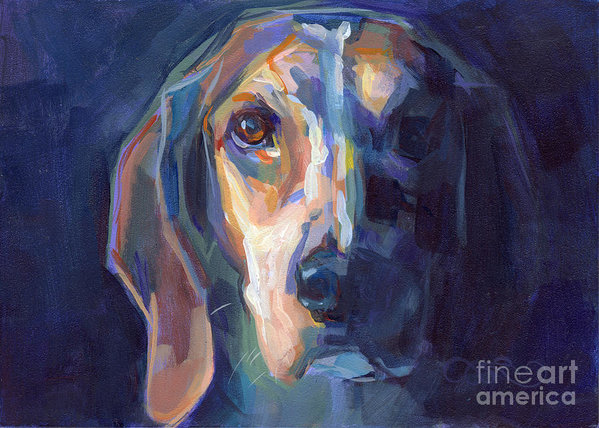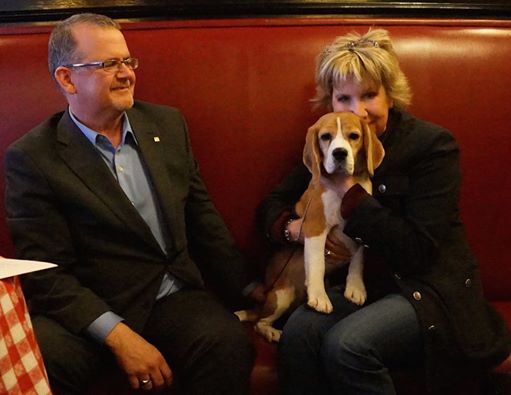
In our view, there is something quite special about a correct Beagle. All breeds, of course, are lovely when they are balanced, typey, and “correct,” but we find that when this unassuming hunting hound’s “fore and aft” are in harmony, its nose is to the ground, and everything about the dog screams, “Beagle!” it’s hard to take one’s eyes off the dog.
Those who spend a good deal of time reading up on the breed may eventually come across reference to the “English Beagle,” and the “American Beagle.” We’d like to clarify any confusion.
There is only one Beagle breed. Only one. Owing to differently worded standards, there may be ever-so-subtle differences between the two, and only for the sake of clarity do we refer to the “English Beagle” and the “American Beagle knowing full well that there is only one Beagle. Whether the dogs are used in hunting, are to be shown or are to become a family pet, Beagle breeders on both side of “the pond” breed for one kind of Beagle.

Will Alexander and Miss P on her media tour after winning Best in Show at Westminster in 2015
Let’s take a look at both.
If there is one thing that is a glaring difference between the two standards, it has to do with size. The AKC allows two different sizes for the Beagle: 13 inches and 15 inches. The “English Beagle” has but one size, and its minimum is 13 inches, the desirable maximum height at 16 inches.
With regards to coat, the AKC standard calls for a close, hard, hound coat of medium length and regards as a “defect,” a short, thin coat, or of a soft quality. The Kennel Club standard on coat reads, “Short, dense and weatherproof.”
In the general description, the Kennel Club describes the Beagle as a “sturdy, compactly-built hound, conveying the impression of quality without coarseness.” The AKC breed standard reads, “A miniature Foxhound, solid and big for his inches, with the wear-and-tear look of the hound that can last in the chase and follow his quarry to the death.” A sturdy, compactly built hound as compared to “big for his inches” can be open to interpretation, and certainly a “miniature Foxhound” evokes a vivid image.
www.paintingadogaday.com
www.facebook.com/KimberlyKellySantini
http://paintingadogaday.blogspot.com
